Shibuya (渋谷区, Shibuya-ku, IPA: [ɕibɯja] ) is a special ward in Tokyo, Japan. A major commercial and finance center, Shibuya houses two of the busiest railway stations in the world, Shinjuku Station (southern half) and Shibuya Station.
As of April 1, 2022, Shibuya Ward has an estimated population of 228,906 and a population density of 15,149.30 people per km2 (39,263.4/sq mi). The total area is 15.11 km2 (5.83 sq mi).
Notable neighborhoods and districts of Shibuya include Harajuku, Ebisu, Omotesandō, Yoyogi and Sendagaya. "Shibuya" is also commonly used to refer to the area surrounding Shibuya Station, an area known as a major center for Japanese fashion and youth culture and one of Tokyo's most popular nig...Read more
Shibuya (渋谷区, Shibuya-ku, IPA: [ɕibɯja] ) is a special ward in Tokyo, Japan. A major commercial and finance center, Shibuya houses two of the busiest railway stations in the world, Shinjuku Station (southern half) and Shibuya Station.
As of April 1, 2022, Shibuya Ward has an estimated population of 228,906 and a population density of 15,149.30 people per km2 (39,263.4/sq mi). The total area is 15.11 km2 (5.83 sq mi).
Notable neighborhoods and districts of Shibuya include Harajuku, Ebisu, Omotesandō, Yoyogi and Sendagaya. "Shibuya" is also commonly used to refer to the area surrounding Shibuya Station, an area known as a major center for Japanese fashion and youth culture and one of Tokyo's most popular nightlife areas.
Shibuya was historically the site of a castle in which the Shibuya family resided from the 11th century through the Edo period. Following the opening of the Yamanote Line in 1885, Shibuya began to emerge as a railway terminal for southwestern Tokyo and eventually as a major commercial and entertainment center.
Meiji to Showa periodThe village of Shibuya was incorporated in 1889 by the merger of the villages of Kami-Shibuya, Naka-Shibuya and Shimo-Shibuya within Minami-Toshima County (Toyotama County from 1896). The village covered the territory of modern-day Shibuya Station area as well as the Hiroo, Daikanyama, Aoyama, and Ebisu areas. Shibuya became a town in 1909. The town of Shibuya merged with the neighboring towns of Sendagaya (which included the modern Senda, Harajuku and Jingumae areas) and Yoyohata (which included the modern Yoyogi and Hata areas) to form Shibuya-ku suburban ward upon being absorbed into Tokyo City in 1932. Shibuya became an urban special ward under the Local Autonomy Act in 1947.
The Tokyu Toyoko Line opened in 1932, making Shibuya a key terminal between Tokyo and Yokohama, and was joined by the forerunner of the Keio Inokashira Line in 1933 and the forerunner of the Tokyo Metro Ginza Line in 1938. One of the best-known stories concerning Shibuya is the story of Hachikō, a dog who waited on his late master at Shibuya Station every day from 1923 to 1935, eventually becoming a national celebrity for his loyalty. A statue of Hachikō was built adjacent to the station, and the surrounding Hachikō Square is now the most popular meeting point in the area.
Post-War Showa Shibuya in 1959
Shibuya in 1959During the occupation of Japan, Yoyogi Park was used as a housing compound for U.S. personnel known as "Washington Heights." The U.S. military left in 1964, and much of the park was repurposed as venues for the 1964 Summer Olympics. The ward itself served as part of the athletics 50 km walk and marathon course during the 1964 games.[1]
Shibuya has achieved great popularity among young people since the late 70s. There are several famous fashion department stores in Shibuya. Shibuya 109 is a major shopping center near Shibuya Station, particularly famous as the origin of the kogal subculture. Called "Ichi-Maru-kyū," which translates as 1–0–9 in Japanese, the name is actually a pun on that of the corporation that owns it — Tōkyū (which sounds like 10–9 in Japanese; this is numerical substitution, a form of goroawase wordplay). The contemporary fashion scene in Shibuya extends northward from Shibuya Station to Harajuku, where youth culture reigns; Omotesandō, the zelkova tree- and fashion brand-lined street; and Sendagaya, Tokyo's apparel design district.
Heisei periodIn 1985, Teamer created a new culture in Shibuya. During the mid 90s, Shibuya also became known as the center of the IT industry in Japan. It was often called "Bit Valley" in English,[citation needed] a pun on both "Bitter Valley", the literal translation of "Shibuya", as well as bit, the computer term for binary digits.
Shibuya Stream, a skyscraper and retail complex, was completed in 2018.
Reiwa periodThe East Wing of a mixed-used skyscraper Shibuya Scramble Square was completed in August 2019. Shibuya's new gateway Shibuya Fukuras was completed in October 2019.
2019 New Year's Day vehicle attackDuring the early morning of January 1, 2019, a 21-year-old man named Kazuhiro Kusakabe drove his minicar into a crowd of pedestrians celebrating New Year's Day on Takeshita Street. The man claimed his actions were a terrorist attack, and later stated that his intention was to retaliate against the usage of the death penalty for Aum Shinrikyo doomsday cult members. The man attempted to flee but was soon apprehended by authorities in a nearby park.[2][3]
Miyashita Park has reopened in July 2020 as a shopping complex with a rooftop park.






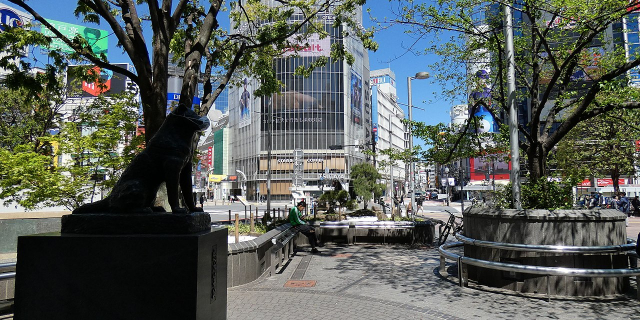

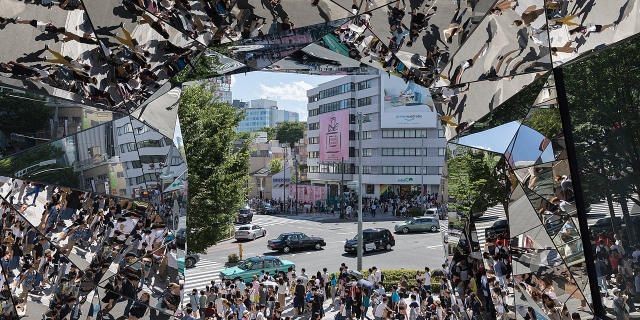

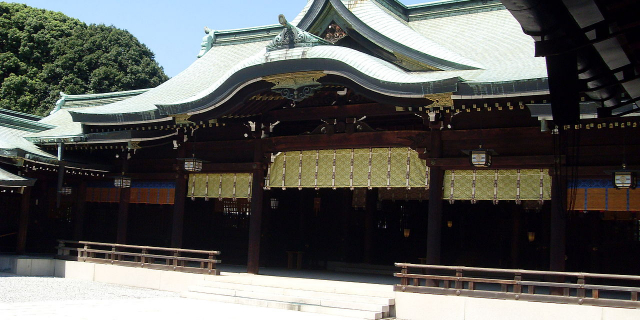





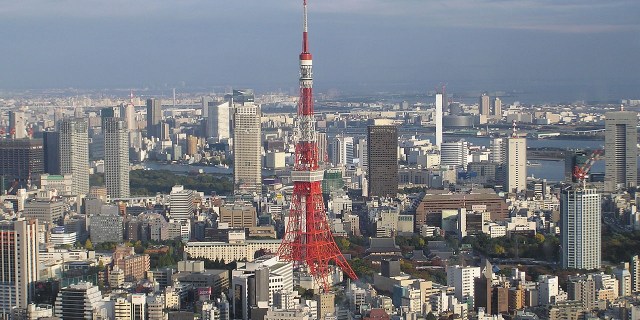

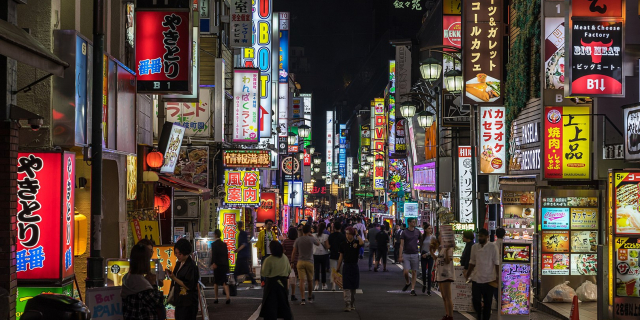
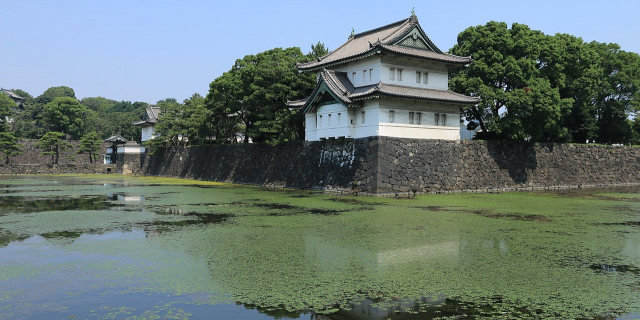

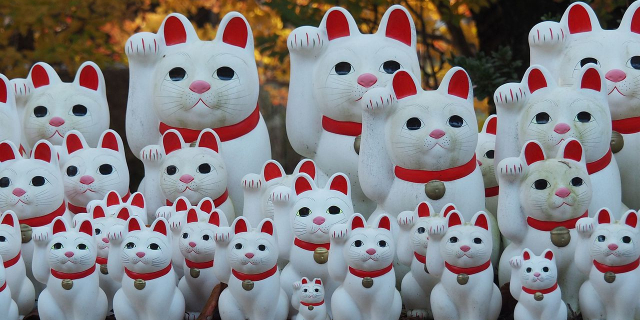




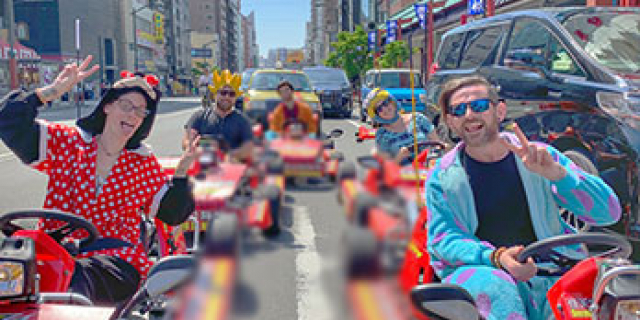









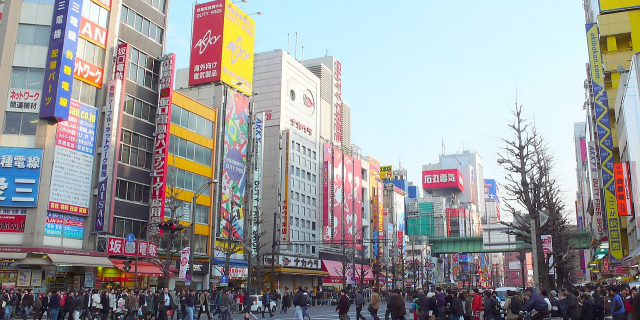
Add new comment